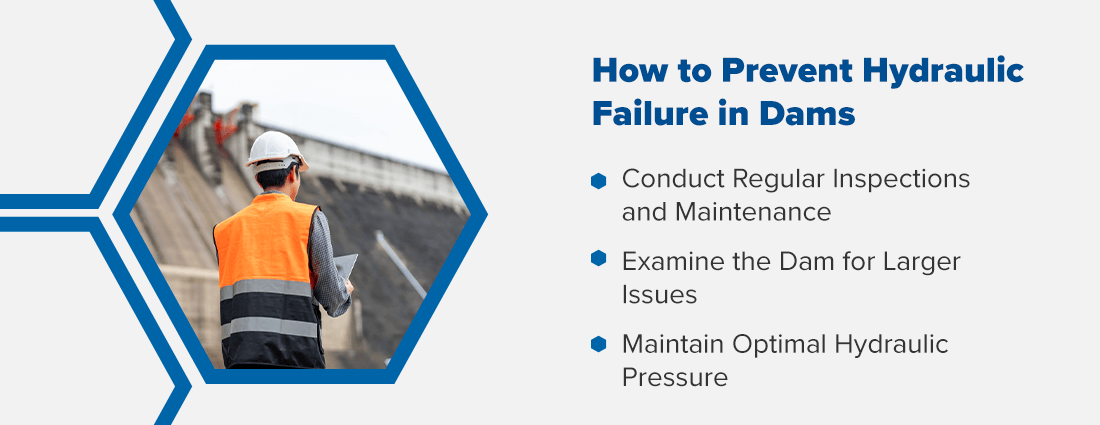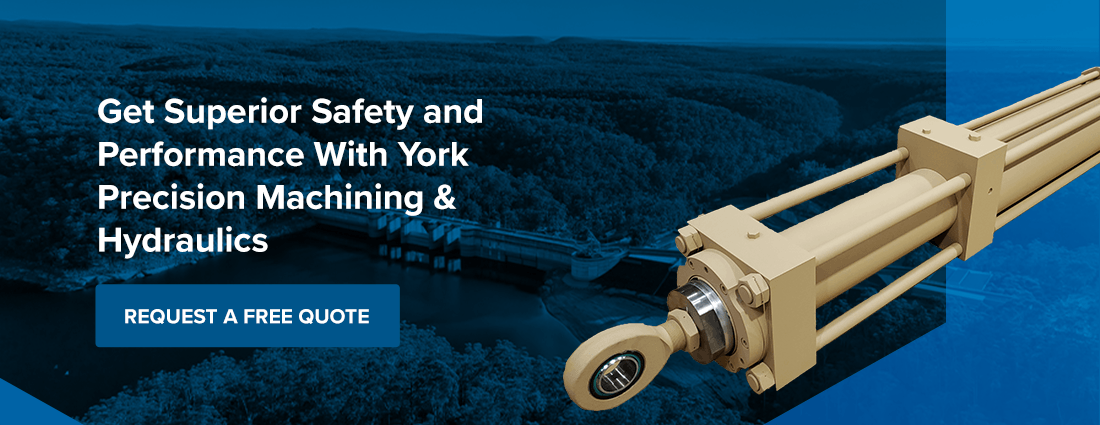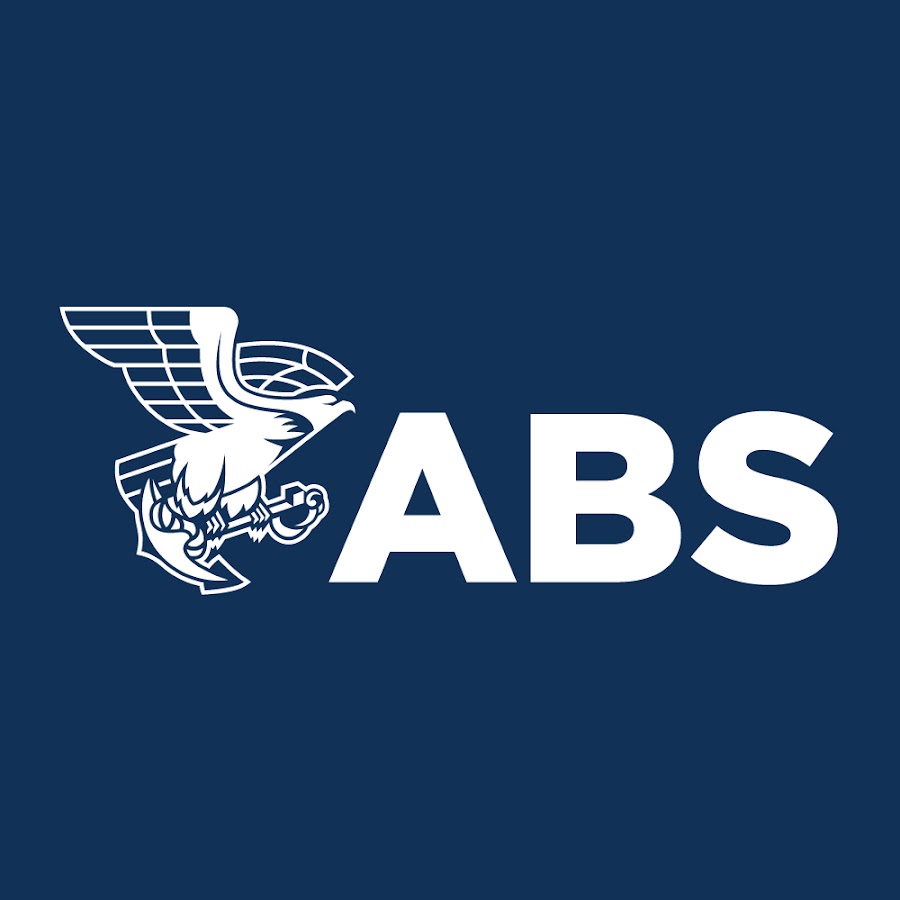Best Practices for Preventing Hydraulic System Failure in Dams
Author: Michele Baker Ph.D
Table of Contents
Hydropower generation accounts for 27% of total U.S. utility-scale renewable electricity generation. Hydroelectric dams have become an integral part of our goals to move away from fossil fuels, which aligns with our 2050 net zero goals. However, many dams present significant safety hazards. If their systems fail, the results could be catastrophic.
When a dam develops a defect, it quickly deteriorates into full-scale failure. Dam owners, operators, and maintenance personnel must understand the potential issues to avoid failure and possible breaches. Knowing the common types of failure is the first step to adequate inspections and maintenance, preventing significant problems in the future.
The Causes and Consequences of Dam Hydraulic System Failure
Hydraulic dam failure can have far-reaching consequences, from severe personnel injury to fatalities.
Dam failures between 1965 and 2020 resulted in up to 98 deaths per failure, and the environmental implications of these failures has tended to increase in recent years. A failed dam has significant consequences on the downstream population, including infrastructure damage, displacement costs, and loss of livelihood. Environmental impacts include ecosystem disruption. Released materials can pollute downstream water sources, affecting the quality and safety of water for humans and wildlife.
The types of loading that dams are subjected to include transverse loading from the water head on the upstream, pressure from the water toward the dam materials and the surrounding geology. Preventing hydraulic dam failure requires a comprehensive understanding of the direct and indirect causes, which include:
Overtopping Failures
Overtopping failures are one of the most common causes of dam failure. They are caused by the erosive action of water on the dam's embankment. The uncontrolled flow of water over, around, or adjacent to the dam causes erosion, which spills over the dam and into the surrounding areas. Hydraulic management can play a role in overtopping. If inflow exceeds outflow capacity, the likelihood of overtopping increases.
Seepage Failures
Seepage refers to water moving slowly through the embankment or dam's foundation. If uncontrolled, seepage can cause dam failure by increasing the embankment's internal pressure. Hydraulic systems manage the water flow in and around a dam, and excessive seepage in the system leads to internal erosion or piping. Failures in hydraulic systems can cause pressure imbalances within the dam structure, stressing the materials and affecting foundation stability.
Hydraulic System Failures
If a dam's spillways or gates fail, they prevent proper water discharge, leading to uncontrolled increases in water levels. If the water levels exceed the dam's capacity, overtopping occurs, which erodes the structure and leads to failure. It can also erode the dam's embankments, leading to gradual or sudden collapse, flooding, or breach.
How to Prevent Hydraulic System Failure in Dams
As hydraulic systems are the backbone of safe dam operations, preventing failure is critical for any dam operator. Some of the steps you can take to ensure effective hydraulics include:
Conduct Regular Inspections and Maintenance
Hydraulic systems comprise multiple components that must operate correctly for them to function. Routine inspections and maintenance increase safety, uptime, and cost savings. Maintenance and inspections should always consider manufacturer specifications. Some inspection and maintenance steps include:
- Change the filters: Filters will lose efficiency as they accumulate pollutants, this can impede fluid flow or fail and damage the system, so replace them often.
- Inspect the rod: Check the rod for signs of corrosion, flaking, or pitting.
- Replace the seals: A worn seal can leak causing health and safety concerns, fluid loss, or pressure loss. Replace the seals at any signs of damage.
- Check hydraulic lines: Regularly inspect the condition of the hydraulic lines for signs of leaks or excessive wear, which can cause air to enter the system or loss of pressure in the line.
- Confirm the system temperature: If the system gets unusually hot, it could indicate a problem within the fluid cooling side of the system.
Examine the Dam for Larger Issues
The dam itself could provide valuable information on potential failures. Inspect the structure for the following:
- Reservoir levels: Check the water levels and note if they're unusually high or low. Look for signs of sedimentation and debris accumulation.
- Embankment: Examine the embankment for cracking, settlement or bulging.
- Spillways and outlets: Check the spillway capacity and remove any obstructions. Also, inspect the condition of energy dissipators and stilling basins.
- Instrumentation: Verify that all monitoring instruments are operational and properly calibrated.
Maintain Optimal Hydraulic Pressure
Hydraulic fluid exerts a force in a closed system known as hydraulic pressure. It's generated by a hydraulic pump and transmitted through the lines to items such as hydraulic actuators, intensifiers, accumulators, and any hydraulically controlled equipment. Correct pressure ensures the system operates reliably and efficiently and maintains safety. Install pressure gauges at critical points in the hydraulic system to monitor pressure levels and establish a pressure threshold. Take preventive action if the pressure deviates from acceptable ranges.
Diagnosing and Addressing System Failures
While identifying hydraulic system failure is often easy, knowing why can help you take decisive action fast. Some of the common causes of hydraulic system failure include:
- Air contamination: Contamination accounts for up to 90% of hydraulic system failures. If air enters the system, it can cause cavitation in the pump, wear down/block system components, and can cause overheating.
- Temperature issues: Hydraulic systems that run too hot or cold can cause severe problems over time unless specifically designed for those temperatures.
- Fluid levels: Low fluid levels and inefficient filtration can result in air contamination.
- Human error: Some common errors that cause system failure include faulty installations, incompatible parts, and improper maintenance.
Identifying the source of the failure can be challenging, and troubleshooting the system can shed light on the issue. Some troubleshooting basics include:
- Examine the motor for wiring issues and check if it can turn on and off.
- Ensure all pump components are functional and assembled correctly.
- Check the level, color, and viscosity of the hydraulic fluid.
- Look for evidence of fluid leakage around the seals.
- Examine the filters and remove blockages.
- Turn on the system and monitor for temperature and pressure fluctuations.
The Role of Quality Components in Preventing Failure
Many dams and hydro control systems were built using older technologies, and their aging components need replacing to improve safety and performance. Quality components are among the most effective ways to improve overall safety. Dams with hydroelectric turbines use automated control systems that measure and control flow rates. The hydraulic cylinders used in their construction must be of the highest quality. The Bear-Loc® hydraulic locking system can help optimize control system performance and improve system reliability and safety.
In hydropower hydraulics, the actuators used to control gates and large valves may have mechanical locks installed to secure gates and prevent sudden changes in flow rate. These are typically limiting and are only able to be locked in pre-determined set positions along the actuators stroke. The system may also be equipped with a valve or valves for holding pressure inside a cylinder, however this is not a mechanical lock and is susceptible to leaks and pressure loss in the system. Power loss in a control cylinder, for any reason, which removes fluid pressure can cause equipment to malfunction or fail.
The Bear-Loc® is a mechanical lock which does not require fluid pressure to hold its rated load. The fail-safe mechanism locks instantly when hydraulic pressure is lost to maintain the position of the control actuator and preserve safety. Bear-Loc® is also infinite positioning which means the gate or valve can be positioned at any point in the stroke for precision adjustment of turbine flow rates. York Precision Machining & Hydraulics, LLC, the creator of Bear-Loc®, is certified to ISO 9001:2015 standards.
Get Superior Safety and Performance With York Precision Machining & Hydraulics
When you partner with York Precision Machining & Hydraulics, you'll see the benefits of a reliable hydraulic rod-lock. Bear-Loc® is safe and convenient, streamlining processes and preventing accidents.
Our team of experienced engineers can design a custom Bear-Loc® to your unique needs and specifications, so you can be confident that you're installing a dependable, fail-safe system. Contact us today to learn more about integrating Bear-Loc® into your system.
Awards & Certifications
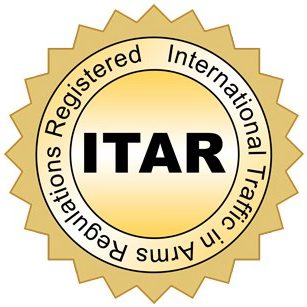
ITAR Registered #M39417
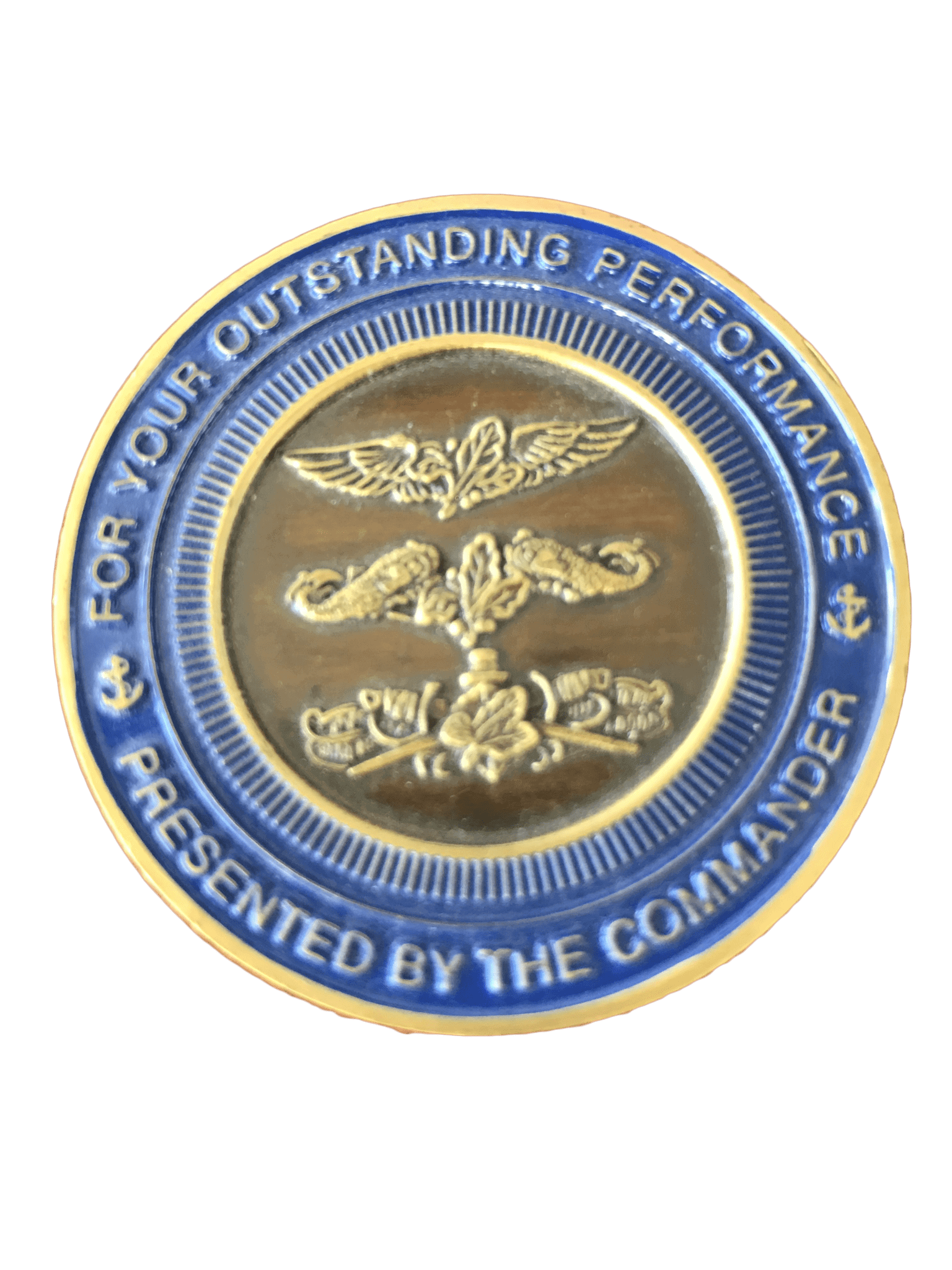
Outstanding Performance

Excellence Presented By Commander

SIBC Member
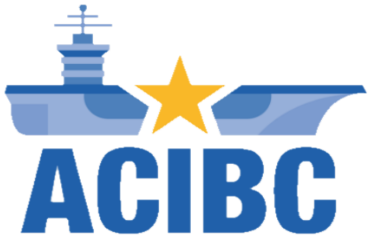
ACIBC Member
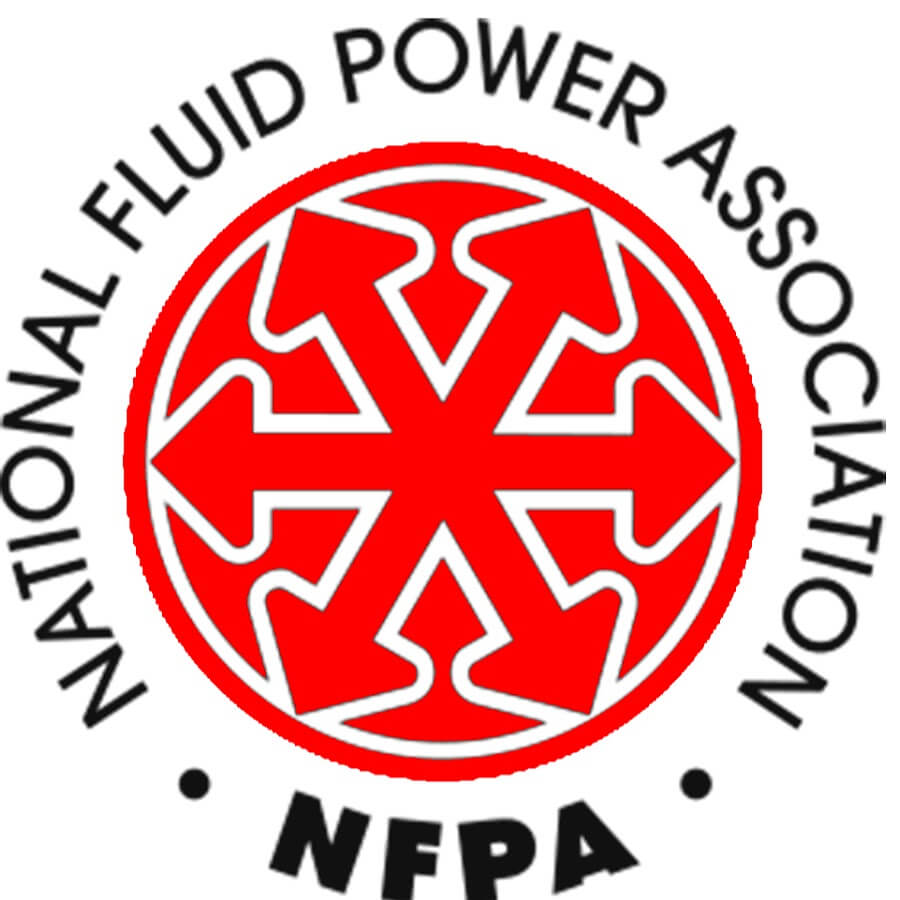
NFPA Member

Made In USA
Last Updated: December 15th, 2019


